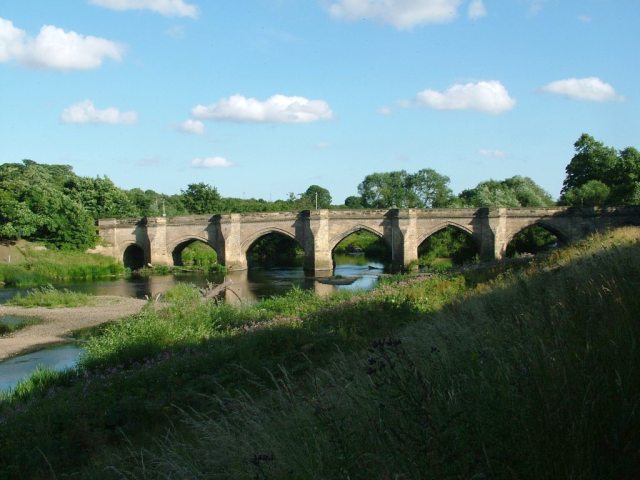|
Listed Buildings In Croft-on-Tees
Croft-on-Tees is a Civil parishes in England, civil parish in the county of North Yorkshire, England. It contains 31 Listed building#England and Wales, listed buildings that are recorded in the National Heritage List for England. Of these, two are listed at Grade I, the highest of the three grades, and the others are at Grade II, the lowest grade. The parish contains the village of Croft-on-Tees and the surrounding countryside. Most of the listed buildings are houses, cottages and associated structures, farmhouses and farm buildings, and the others include a church, a tomb in the churchyard, three bridges and a hotel. __NOTOC__ Key Buildings References Citations Sources * * * * * * * * * * * * * * * * * * * * * * * * * * * * * * * * * {{DEFAULTSORT:Croft-on-Tees Lists of listed buildings in North Yorkshire Croft-on-Tees, Listed ... [...More Info...] [...Related Items...] OR: [Wikipedia] [Google] [Baidu] |
Croft-on-Tees
Croft-on-Tees is a village and civil parish in North Yorkshire, England. It has also been known as Croft Spa, and from which the former Croft Spa railway station took its name. It lies north-north west of the county town of Northallerton. History The village is mentioned in the Domesday Book of 1086 as ''Crofst''. It makes no mention of any lord of the manor prior to the Norman Conquest, but names ''Enisant Musard'' as lord after 1086, granted to him by Count Alan of Brittany. The lands were subject to many years of dispute until the 13th century. In 1205, King John settled the issue by granting the lands to Roald the Constable of Richmond. His heirs inherited the title until 1299 when they were succeeded by Henry le Scrope of Bolton. Thereafter the lands were held under the Scropes by the Clervaux family. They held the manor until 1590 when the direct male line ceased, but Clervaux inheritance continued via marriage to the Chaytor family into the 20th century. Numerous hi ... [...More Info...] [...Related Items...] OR: [Wikipedia] [Google] [Baidu] |
Sundial
A sundial is a horology, horological device that tells the time of day (referred to as civil time in modern usage) when direct sunlight shines by the position of the Sun, apparent position of the Sun in the sky. In the narrowest sense of the word, it consists of a flat plate (the ''dial'') and a gnomon, which casts a shadow onto the dial. As the Sun diurnal motion, appears to move through the sky, the shadow aligns with different hour-lines, which are marked on the dial to indicate the time of day. The ''style'' is the time-telling edge of the gnomon, though a single point or ''nodus'' may be used. The gnomon casts a broad shadow; the shadow of the style shows the time. The gnomon may be a rod, wire, or elaborately decorated metal casting. The style must be polar alignment, parallel to the axis of the Earth's rotation for the sundial to be accurate throughout the year. The style's angle from horizontal is equal to the sundial's geographical latitude. The term ''sundial'' can r ... [...More Info...] [...Related Items...] OR: [Wikipedia] [Google] [Baidu] |
Bridge Over Clow Beck - Geograph
A bridge is a structure built to Span (engineering), span a physical obstacle (such as a body of water, valley, road, or railway) without blocking the path underneath. It is constructed for the purpose of providing passage over the obstacle, which is usually something that is otherwise difficult or impossible to cross. There are many different designs of bridges, each serving a particular purpose and applicable to different situations. Designs of bridges vary depending on factors such as the function of the bridge, the nature of the terrain where the bridge is constructed and anchored, the material used to make it, and the funds available to build it. The earliest bridges were likely made with fallen trees and stepping stones. The Neolithic people built boardwalk bridges across marshland. The Arkadiko Bridge, dating from the 13th century BC, in the Peloponnese is one of the oldest arch bridges in existence and use. Etymology The ''Oxford English Dictionary'' traces the origin of ... [...More Info...] [...Related Items...] OR: [Wikipedia] [Google] [Baidu] |


